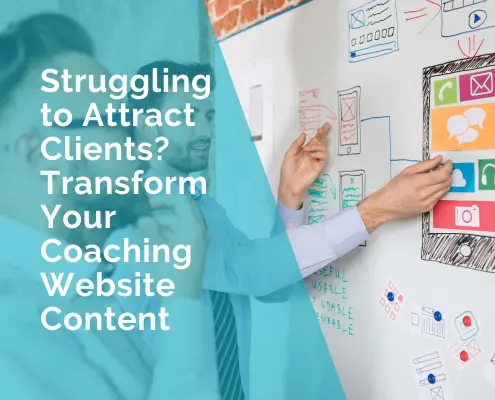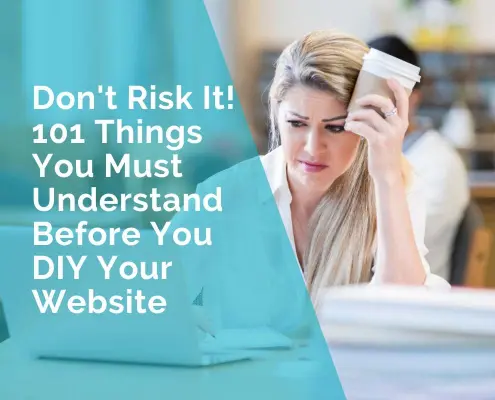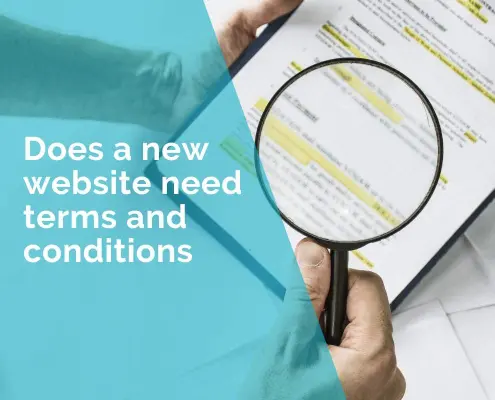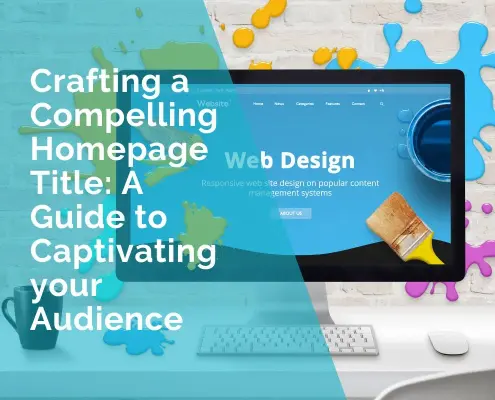How To Design An “About Us” Page That Cultivates Consumer Trust
In the age of digital marketing, an “About Us” page is not just another box to tick on your website — it’s the perfect opportunity to build trust with your audience. As consumers become more socially aware, there has never been a greater call for brands to be transparent and authentic.
A one-sentence blurb about a company mission won’t cut it anymore. Customers want to get behind the curtain and know who you are and what you represent in your business.
In this post, we dive into how to design an “About Us” page for your website that cultivates consumer trust and ultimately boosts your conversions. We’ll touch on a few must-haves that will catch the eye of any site visitor, and share our top tips for making your page informative, exciting and trustworthy.
Let’s get started.
Demonstrate Your Commitment To CSR & ESG Initiatives
Your commitment to Corporate Social Responsibility (CSR) and Environmental, Social & Ethical Governance (ESG), is one of the most effective ways you can build trust with your audience. Many modern consumers, particularly millennials and Gen Z demographics, are much more likely to support brands that positively contribute to society. By highlighting your brand’s commitment to giving back, you can connect with your audience on a much deeper and more meaningful level.
For example, if your business puts some of its earnings toward online micro lending to help other small businesses in developing countries, spotlight that on your “About Us” page. Illustrate the impact of these investments — both anecdotally through compelling stories, as well as statistically. Share steps you’re taking to provide fair labour in your supply chain, and trace your suppliers and outsourced employees to safe and profitable working conditions. Spotlighting some of your social efforts and displaying your CSR initiatives will enhance and earn the trust of consumers who respect brands that are open about where their money is going.
Look At The Bigger Picture
Move beyond the direct impacts of your company and include a specific section about your wider environmental principles too. This might include sustainability strategies to minimise your carbon footprint. If you use natural resources, such as timber or paper, display how many trees your company plants per product to replace these raw materials, or how you otherwise offset your emissions.
When you put your money where your mouth is, you’re showing your customers what you stand for, rather than just telling them. This transparency builds trust, making customers more likely to work with you instead of a competitor.
Include Personal Stories & Photos
Next, it’s time to inject some personality into your “About Us” page. Nobody wants to do business with a faceless corporation, so include pictures and personal stories of the people behind (or in front of) the company.
Begin by introducing the major players. Tell their backstories, what inspired them to launch the business and any personal stories that accentuate the love they have for their work. If you’re a small business or startup, this is an amazing way to tell your story. Feature the path it took for your company to come into existence — whether it was a passion project or a problem you set out to solve. Consumers love being able to put human faces behind companies and brands. This transparency leads your consumers to see you in a more personal light.
Include Group Action Shots
In addition to personal stories, consider including candid snapshots of your team in action. As with personal stories, be genuine. Whether it be a workplace photo of your team having a brainstorming session or your involvement in a community event, these photos really win hearts and gain trust, because they make you that much more relatable.
Feature Genuine Reviews From Customers & Collaborators
Nothing cultivates trust like social proof. Adding reviews from previous customers and partners on your “About Us” page is an absolute must to boost your business credibility. These reviews can help convince a potential client to take that next step (which may be as simple as signing up for your newsletter), by offering real-life recommendations from former clients. When you can show that others have had worthwhile experiences with your brand, it helps people trust in their choice to work with or buy from you.
Consider including a mix of customer testimonials and case studies. A good testimonial will be very brief and touch on the full client satisfaction. On the other hand, case studies provide an in-depth look at how you’ve helped a customer overcome a particular problem. Both types of social proof are great because they help build credibility in different ways, though you may want to dedicate a separate page to go into more detail for your case studies.
Visual Impressions
For additional impact, include pictures or videos of the customers in this section. This makes the feedback feel more real and humanises your reviews. Publish reviews or endorsements from industry partners if you work with other businesses, as these can be a powerful trust-building tool. You’ll need permission to share these reviews and photos and always attribute them to real people or companies. This transparency ensures they’re seen as legitimate and trustworthy
Share A Brief History Of How Your Company Came Into Existence
Stories and small business often go hand in hand. Every company has one, so telling yours is one of the most important things you can do to build trust with your audience. Your origin story helps consumers identify with you as a human — which is crucial if they’re going to buy from you. This is a chance to let your passion and perseverance represent how you got to where you are today.
When sharing the history of your company, focus on a few major events that changed the trajectory of your business. This may include the story of where and why you started your company, the major obstacles you encountered, and pivotal moments that defined your brand. Sharing this narrative will help customers better relate to you as a business and provide insight into the full story of who you are.
Keep It Short & Sweet
It doesn’t have to be an epic history. You want a quick-style narrative with the key elements. If you’ve been established for a while, you could create an infographic that includes important dates and milestones. Make your overview compelling and quick so that you can inspire curiosity without giving the reader a full biography.
Highlight Your Commitments To Sustainability
For many consumers, sustainability is now a key determining factor when it comes to the brands they choose to support. So, naturally, promoting your sustainable practices through your “About Us” page allows you to connect with environmentally friendly consumers and separate yourself from the competition.
Begin with detailing how your business is making an effort to reduce your environmental impact. This may be opting for eco-friendly materials, decreasing waste, or partnering with sustainable suppliers. Most importantly, when you make a claim, always substantiate it using appropriate examples and data
Look To The Future
Beyond what you are currently doing, include future plans. This proves you’re not sitting on your hands, but taking steps to further enhance your sustainability. Ensure your claims are sincere rather than performative. Additionally, if you’re certified by a recognised label, for example, B Corp or Fair Trade, make sure you clearly display that on your “About Us” page. Certifications provide an additional layer of credibility and help increase shopper confidence.
Describe Your Ethics & Work Culture
The ethics and work culture of your company are important when it comes to gaining the trust of consumers. It’s important to display your company culture through social media, but highlighting it on your “About Us” page too will provide further proof that you’re not only delivering quality but also treating every single employee, partner and client with dignity and respect.
Firstly, define the core values that make up your company culture, including principles such as transparency, cooperation, innovation or inclusiveness. Detail how they manifest in your everyday business. The reputation of a brand’s diversity and inclusion policies also influences many consumer’s purchasing decisions, so showcase your commitments in action.
Apart from sharing your work culture, describe your fair labour practices, ethical sourcing or a commitment to honesty in your marketing and business dealings. You can also include quotes from employees about what it’s like to work in your company. This can help humanise your brand by offering a behind-the-scenes look.
Keep It Updated & Relevant
An “About Us” page should not be static content that you write once and never look at again. It’s not an obsolete blueprint of how the business works, but something that breathes and moves as your company changes. After all, an outdated ‘About Us’ page can damage your credibility and may lead prospective customers to wonder how honest you actually are.
Keep your “About Us” page fresh by revisiting it at least once a year. Immediately update it if there are changes in your company mission, leadership or if key initiatives have shifted. If your business has hit a milestone, include this information. This shows customers that your business is up to date with current events and not resting on its laurels.
“About Us” Pages: To Sum Up
In short, an “About Us” section is one of the most important pages to include on your website. The secret to a great one is keeping things relatable, transparent, informative, and honest. It’s not about not selling — it’s about sharing your story, conveying the essence of who you are and what you stand for.
Your “About Us” page should leave visitors feeling as if they are meeting the heart of your company, not just the face.
So, share your story, what you care about and how you’re committed to making a difference, beyond just building your profits. A well-crafted “About Us” page isn’t only for sharing information, but also for building relationships and trust with your site visitors, to turn them into loyal customers and clients.
***
Janis Frost












